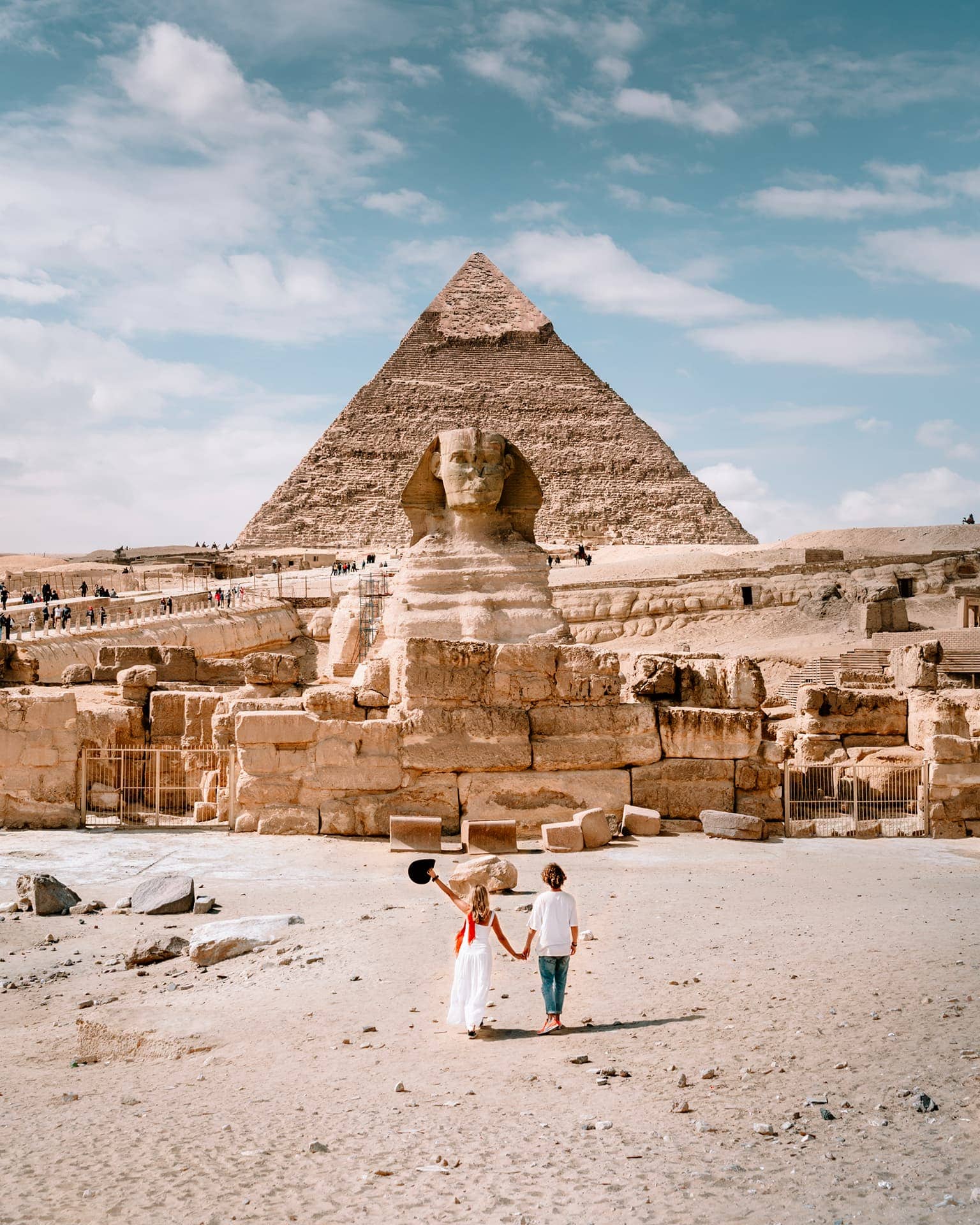The Tomb of Ti, nestled within the ancient necropolis of Saqqara on the outskirts of Cairo, Egypt, stands as a magnificent testament to the grandeur and spiritual beliefs of ancient Egyptian civilization. Dating back over 4,000 years to the Fifth Dynasty of the Old Kingdom, circa 2400 BCE, this elaborate burial site served as the eternal resting place for Ti, a high-ranking courtier and esteemed nobleman during the reign of Pharaoh Djedkare Isesi.
As visitors approach the Tomb of Ti, they are struck by its unassuming exterior, a simple entranceway carved into the limestone bedrock of the desert plateau. Yet, upon stepping inside, they are transported into a world of breathtaking beauty and intricate detail, where the walls and ceilings come alive with vibrant colors and elaborate hieroglyphic inscriptions.
The tomb complex unfolds into a labyrinth of interconnected chambers and corridors, each adorned with stunning wall paintings, reliefs, and carvings that depict scenes from Ti's life, his esteemed position in the royal court, and his preparations for the afterlife. These meticulously crafted artworks offer a rare glimpse into the daily rituals, religious beliefs, and societal customs of ancient Egypt, providing invaluable insights into the cultural milieu of Ti's time.
One of the most captivating aspects of the Tomb of Ti is its portrayal of the elaborate funerary rituals and ceremonies conducted to ensure Ti's safe passage into the afterlife. Scenes of mummification, offering rituals, and the journey of the soul through the underworld adorn the walls, reflecting the profound importance placed on death and the afterlife in ancient Egyptian society.
At the heart of the tomb lies the central burial chamber, where Ti's sarcophagus once rested amidst offerings and treasures meant to accompany him on his journey to the realm of Osiris, the god of the afterlife. Though the chamber has been plundered over the centuries, remnants of its former splendor remain, hinting at Ti's status and prestige in ancient Egyptian society.
Despite the ravages of time and the plundering of tomb robbers, the Tomb of Ti endures as a timeless testament to the enduring legacy of one of Egypt's most illustrious courtiers. As visitors wander through its hallowed halls, they are transported back in time to an era of pharaonic majesty and spiritual devotion, where the quest for immortality was the ultimate aspiration of life.
 English
English











